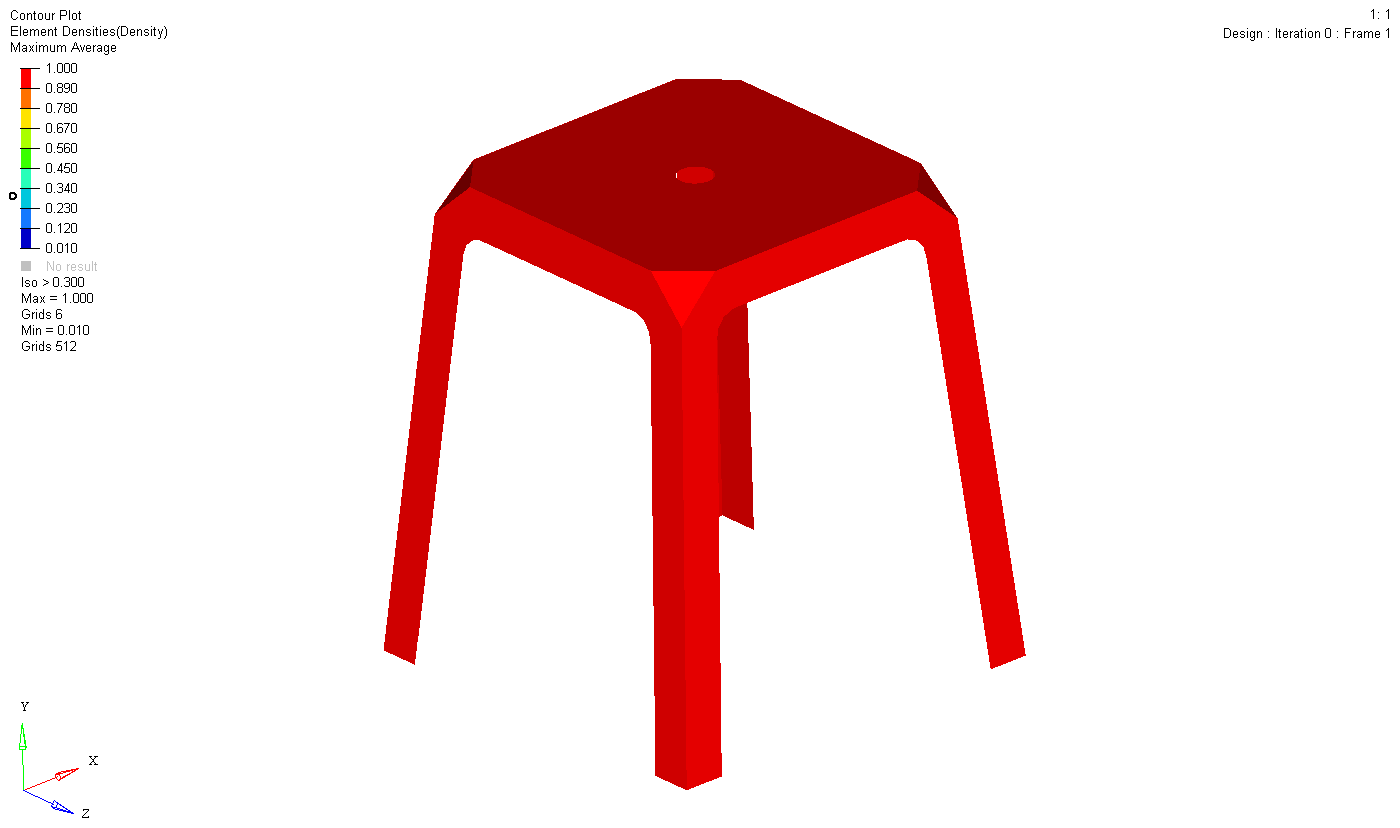The Process
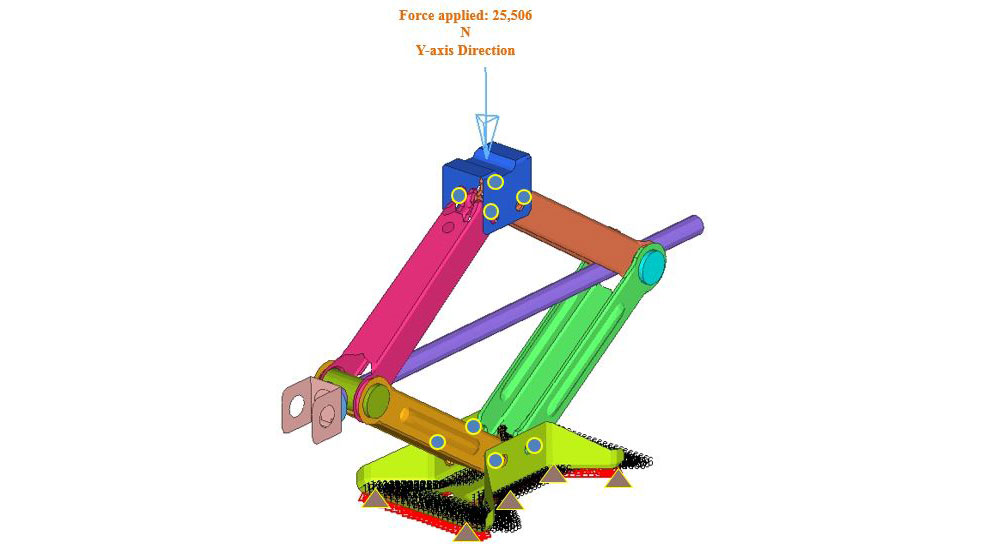
Feasibility Study
Initial study is done on the feasibility of the case study; started after technical information is received. The study is done as a preliminary assessment of the work in order to conduct study and prepare technical proposal or technical input for perusal of both client and Commercial.
Analysis and Simulation
There are various types of analyses that can be done appropriately to a design. All the requirements from customers need to be confirmed to ensure all necessary inputs are available. Once all the information is obtained, the task is executed according to the specification provided. All data and information are treated as strictly confidential and can be disclosed at the approval of client.
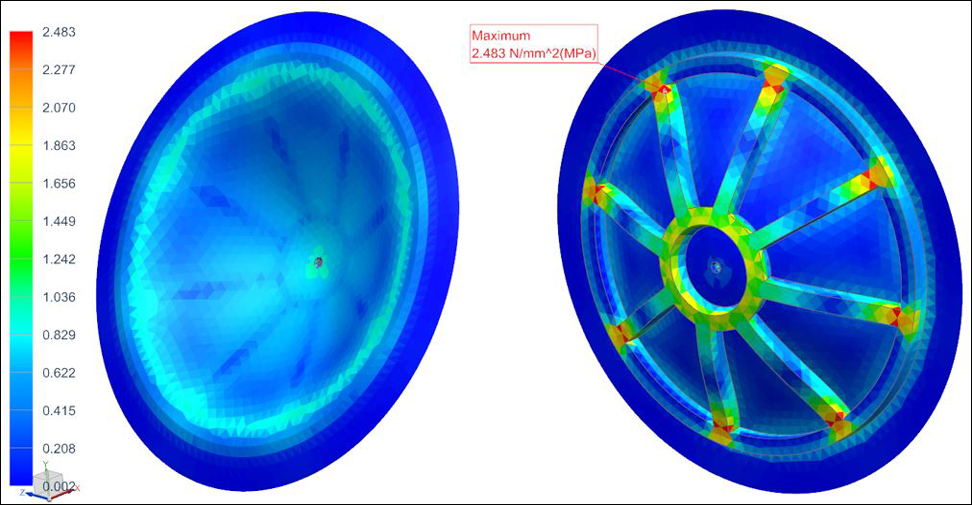
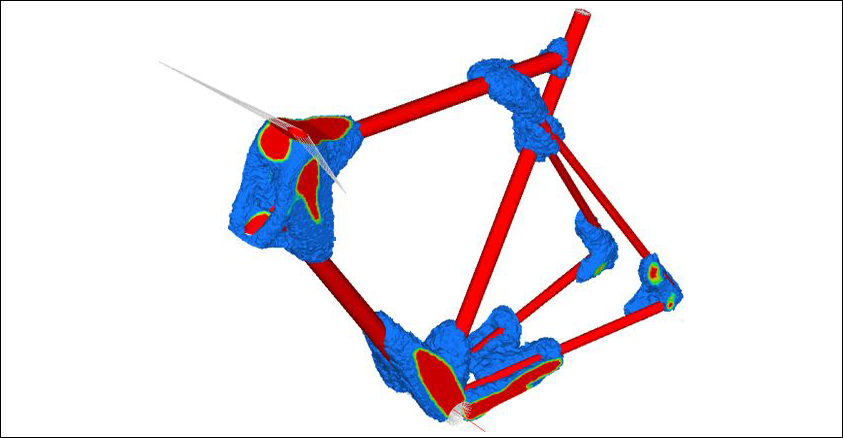
Optimisation of Analysis
Further analysis can be executed if required by customers within the agreed timeline and resources. The input may be obtained from client or can be from our engineers, which may include the geometry, material or properties change, technical info amendment and others. Every optimization must be tabulated and recorded for record of engineers and clients.
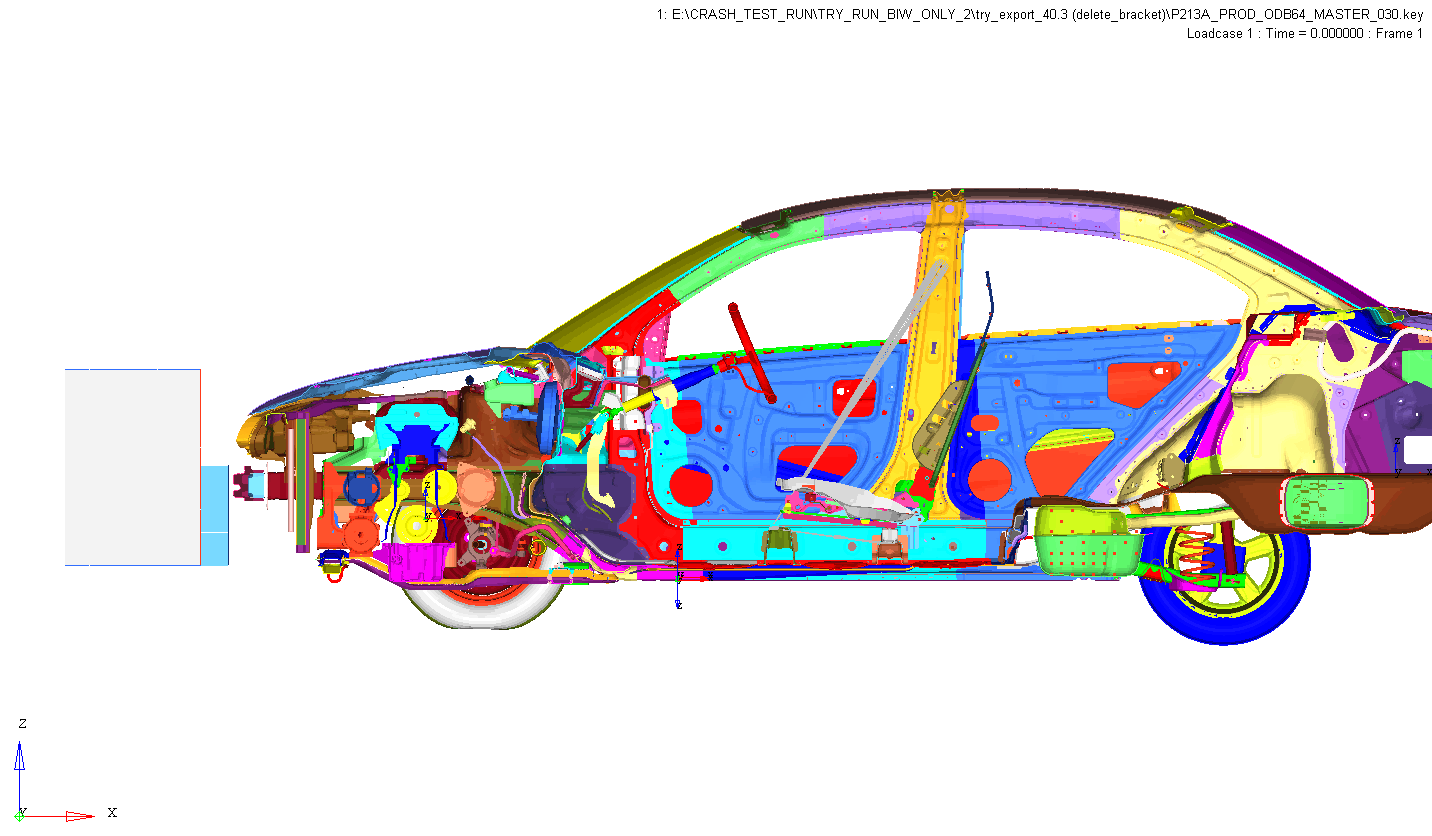
.gif)
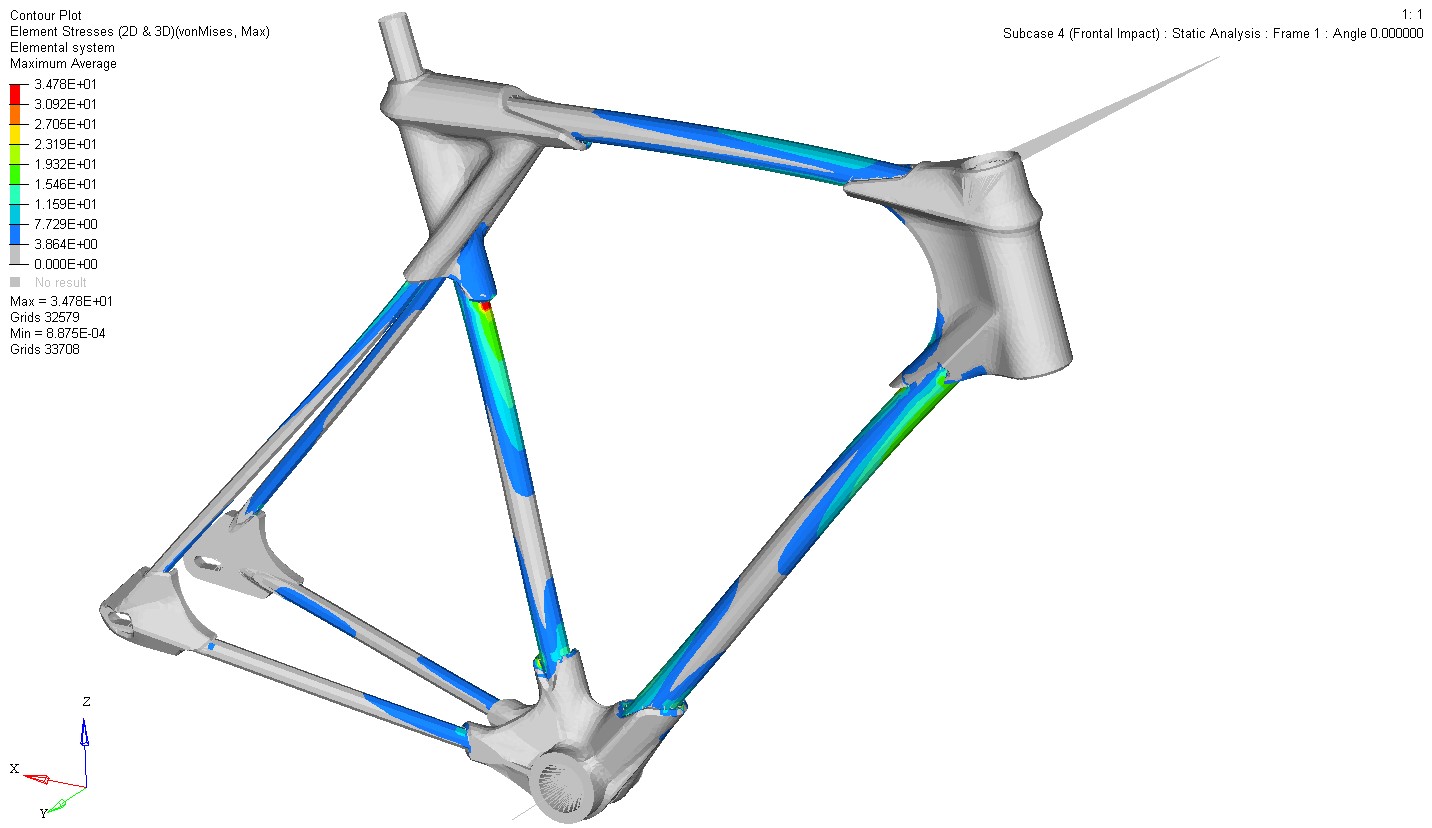
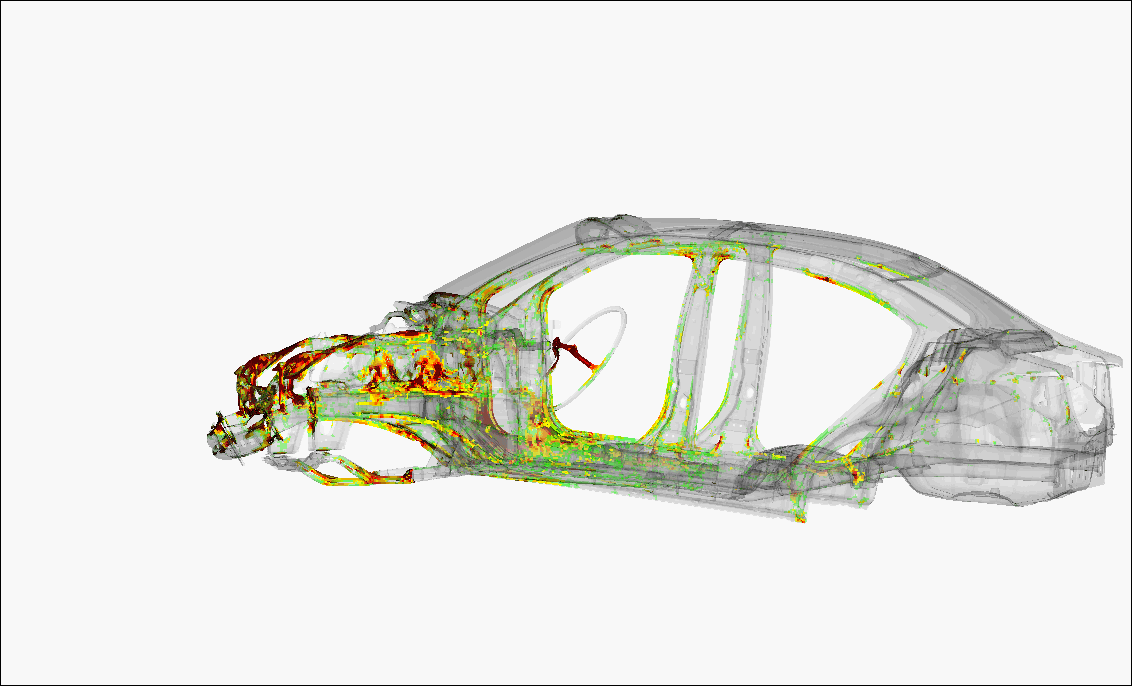
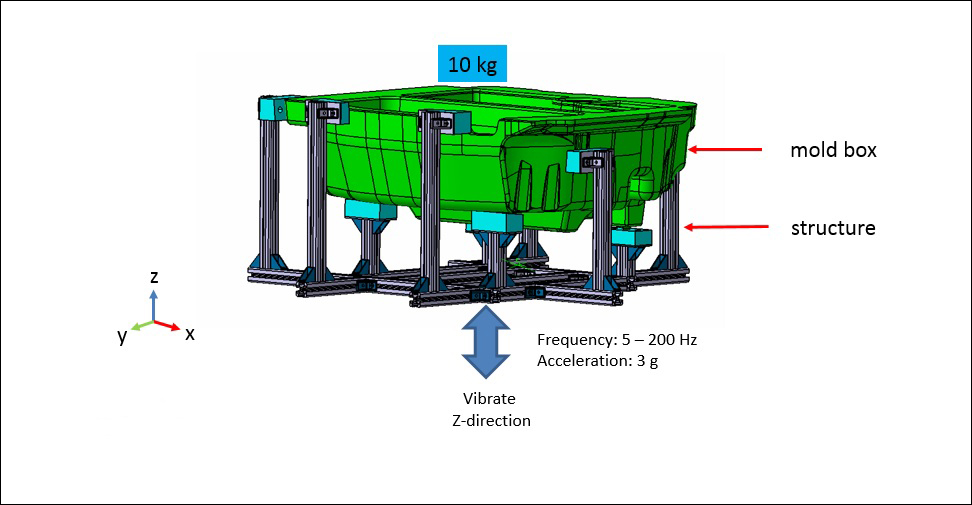
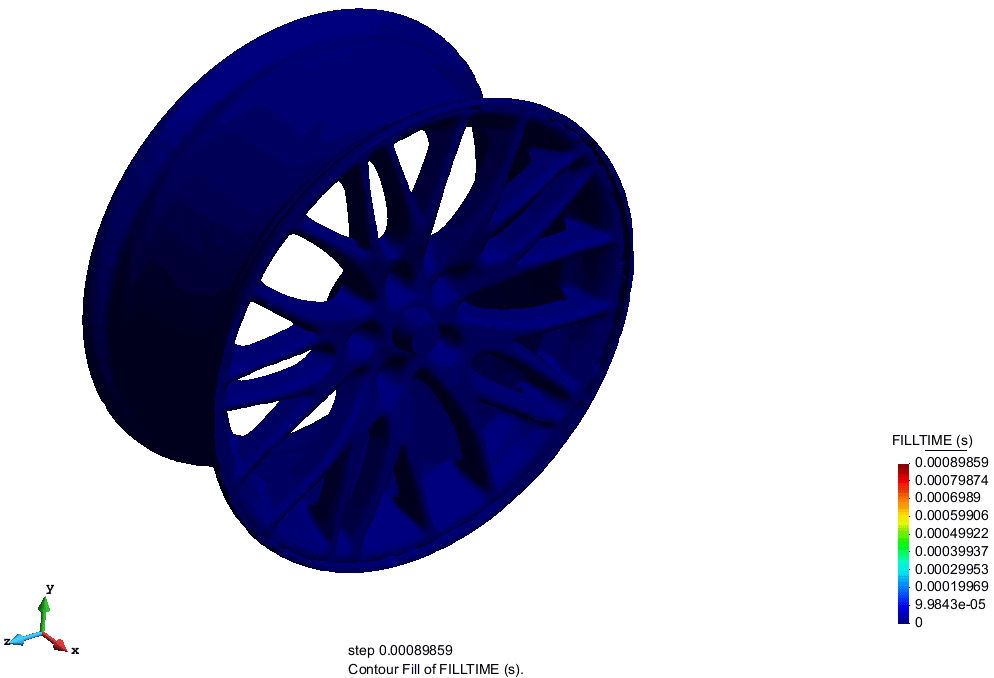
.gif)
